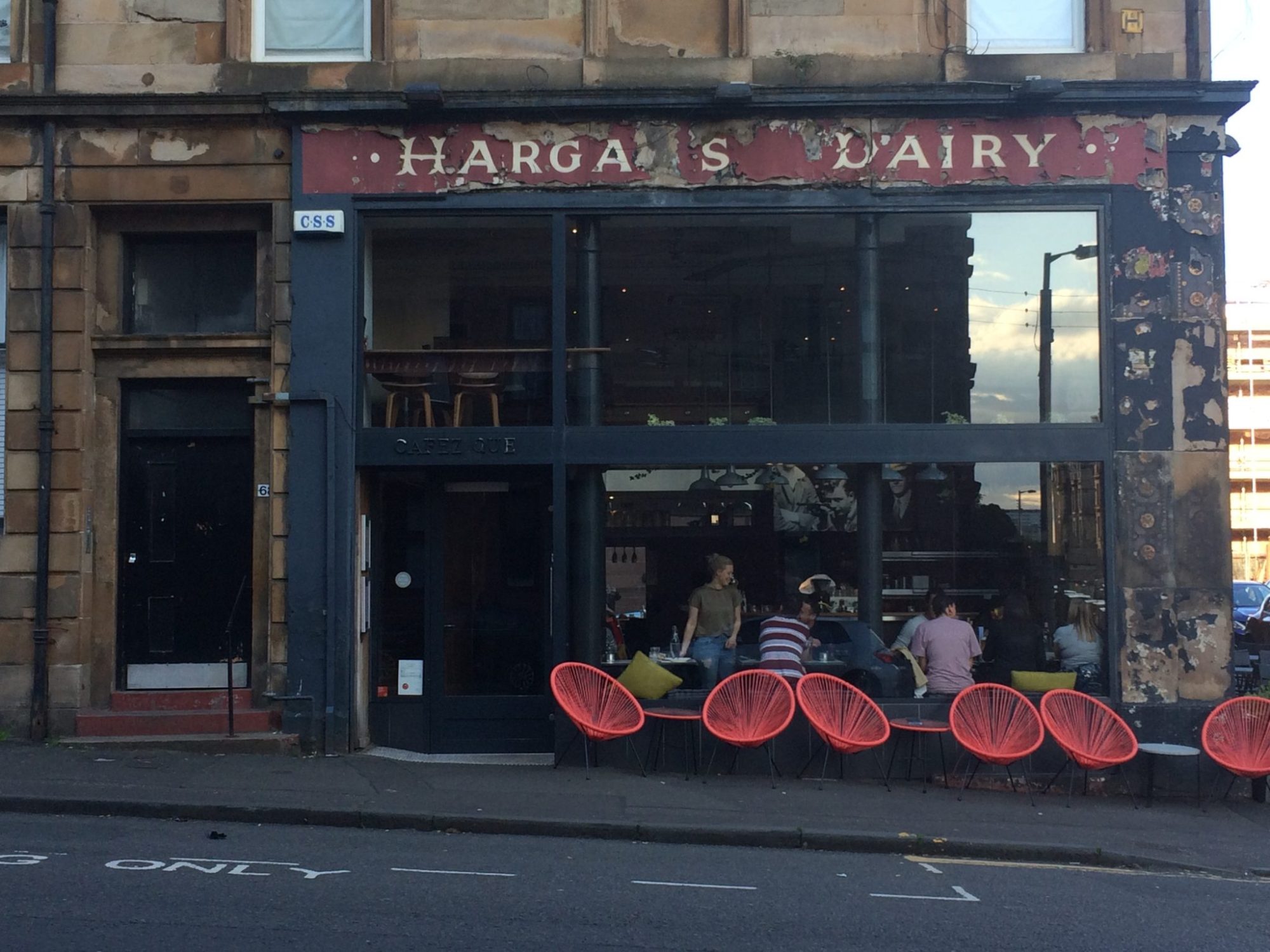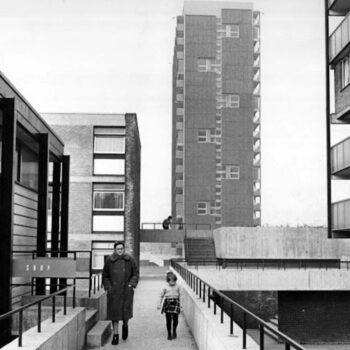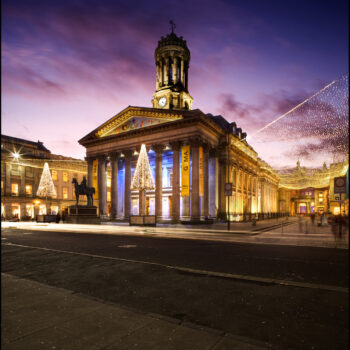Accessibility should be a key consideration when creating social media content. There are many small changes that can be made to ensure that your posts are accessible to all that want to view them. The following best practices indicate some of the ways in which small actions can make a huge difference to the accessibility of your organisation’s content:
1. Include Alternative Text
Alternative text, AKA alt-text, provides description of an image on posted on social media, allowing the image to be visualised by those who are not able to see it. A lack of alt-text is one of the biggest barriers to social media content for visually impaired users. Some platforms, such as Instagram, Twitter, and Facebook, allow you to add alt-text to your posts within their post settings. Take a look at Tug Agency’s guidance for more information.
2. Add Closed Captions and Transcripts
When posting video content, it is important to ensure that the audio is accessible to D/deaf people. Automated closed captions can be used, however, it’s also important to check that these are correct, as they may not always provide an accurate representation of what has been said.
3. Consider Colour contrast
If including images or infographics, you should make sure to consider colour contrast. The ideal colour contrast between text and background colour is 4:5:1, as is recommended by the Web Content Accessibility Guidelines (WCAG). You can check this using WebAIM’s Contrast Checker.
4. Use Camel Case Hashtags
When adding hashtags to social media posts, make sure to use CamelCase by capitalising the first letter of every word, e.g., #GlasgowCityHeritageTrust rather than #glasgowcityheritagetrust. By doing this, hashtags can be read out correctly by screen readers, making content more accessible to visually impaired social media users.
5. Limit Emoji Use
While emojis can be a good way of making posts fun and engaging, it’s important to make sure they are not overused. Text-to-speech software, a type of assistive technology which reads text aloud, will read out a description of every emoji you include. So, if you include four smiley faces at the end of a post, this will be read out as “smiley face, smiley face, smiley face, smiley face”, which can become quite frustrating.





















